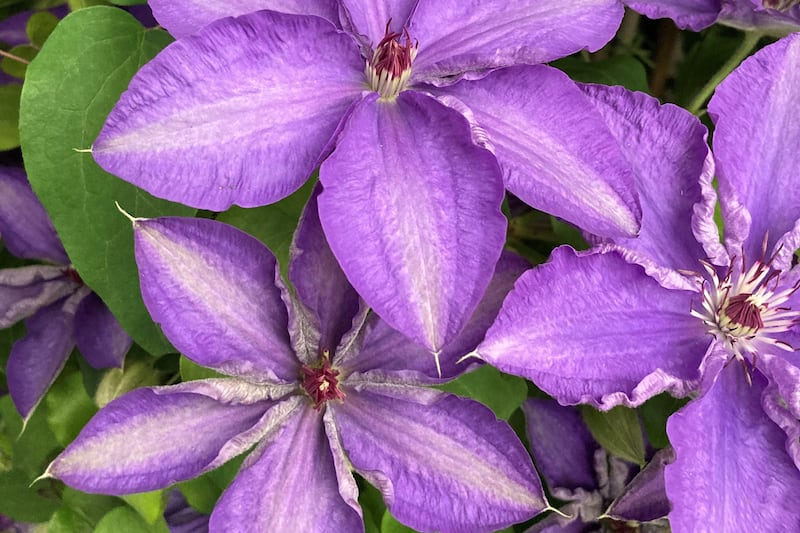There’s a lot to be said for a garden that looks good in late winter and early spring. Nothing lifts the spirits on a cold February morning quite like carpets of snowdrops and crocuses, the alluring scent of Daphne, and the delicate, spider-like flowers of Hamamelis (witch hazel). It’s a very different vista than the lush, billowing borders of high summer but arguably the scarcity of flowers at this time of year makes sight of those that do make an appearance all the more precious.
Creating such a garden requires not only planning in terms of planting but to pull it off to best effect the space must be reasonably tidy and cleared of the previous year’s detritus; a bit of structure to accentuate the flash of colour. The skeletal remains of ornamental grasses and the more architectural perennials can be left for a little while longer, however, for plant health purposes and primarily for aesthetic reasons, it’s best to keep things reasonably ordered.
Yet given the limited opportunities to get outside to work over the previous months, this is no easy task, unless you have a particularly small, easily managed garden or benefit from some help.
I believe this is why I’ve never been able to enjoy the passive benefits of a late winter and spring garden; that time when you stand back and admire what you’ve helped create. Don’t get me wrong, I love being in the garden at this time of year and enjoy many of its horticultural pleasures on an individual basis. It’s just that in the two decades that I’ve been a gardener, the period between February and May has always been my busiest, without exception. Therefore, the garden as a whole is usually as mess.
Yes, I’ve got snowdrops and crocuses – though alas no Daphne or Hamamelis – yet their splendour is often hidden, sometimes beneath creeping scutch grass in the borders or lost under a pile of freshly cut branches that’ll probably take weeks to clear.

The onset of spring fills the gardener with energy and ambition. As the days steadily get longer, the passion grows and the desire to bring new ideas to life and to tweak existing elements increases. But this coincides with a series of natural and imposed deadlines, some more flexible than others.
Ideally, for example, you want to have your ground prepared by mid-March so you can sow this year’s early potatoes on time. Likewise, you need to get all your bare root trees planted before they emerge from dormancy around about the same time. You’ll need to start sowing seeds under cover soon, which will first involve clearing out the greenhouse.
Then there’s the March 1 legal (and ethical) deadline for hedge and shelter belt maintenance so as to avoid the disturbance of nesting birds. In my own garden, there’s always branches that need cut or hedges clipped to let more light in. They’ll regrow pretty quickly and thicken up the barrier of mostly native trees and shrubs, such as elder, dog rose, alder, hawthorn and willow – add a little ivy and by April it’ll soon be ideal habitat for songbirds.
When it comes to the garden in late winter and early spring, toil must take priority.







